Link to video to help explain the 'talking to their eggs when hot' paper: http://www.sciencemag.org/news/2016/08/video-zebra-finch-call-prepares-their-eggs-climate-change?utm_source=newsfromscience&utm_medium=facebook-text&utm_campaign=zebrafinch-6739
The other cool paper that has come out recently is work looking at Atlantic canaries and inbreeding. Males who were inbred were worse at singing and females mated less often with inbred males, producing fewer eggs. So for canaries it seems that singing is a honest signal of male genetic quality, adding credence to the ‘good genes’ hypothesis – the idea that male signals are a true representation of their genetic quality and females choose mates for this reason. Work on lizards, mice and lemurs have shown that olfactory cues are linked to genes related to immunity. I love this kind of science, I find it so fascinating. It also has impacts for helping to understand conservation issues with species range and population sizes and how to ensure viable populations. Again, the abstract and link are below.
Mariette & Buchanan (2016) Prenatal acoustic communication programs offspring for high posthatching temperatures in a songbird. Science, 353:812-814
In many species, embryos can perceive and learn external sounds. Yet, the possibility that parents may use these embryonic capacities to alter their offspring’s developmental trajectories has not been considered. Here, we demonstrate that zebra finch parents acoustically signal high ambient temperatures (above 26°C) to their embryos. We show that exposure of embryos to these acoustic cues alone adaptively alters subsequent nestling begging and growth in response to nest temperature and influences individuals’ reproductive success and thermal preferences as adults. These findings have implications for our understanding of maternal effects, phenotypic plasticity, developmental programming, and the adaptation of endothermic species to a warming world.
De Boer et al. (2016) ‘Out of tune’: consequences of inbreeding on bird song. Proc Roy Soc B
The expression of bird song is expected to signal male quality to females. ‘Quality’ is determined by genetic and environmental factors, but, surprisingly, there is very limited evidence if and how genetic aspects of male quality are reflected in song. Here, we manipulated the genetic make-up of canaries (Serinus canaria) via inbreeding, and studied its effects upon song output, complexity, phonetics and, for the first time, song learning. To this end, we created weight-matched inbred and outbred pairs of male fledglings, which were subsequently exposed to the same tutor male during song learning. Inbreeding strongly affected syllable phonetics, but there were little or no effects on other song features. Nonetheless, females discriminated among inbred and outbred males, as they produced heavier clutches when mated with an outbred male. Our study highlights the importance of song phonetics, which has hitherto often been overlooked.

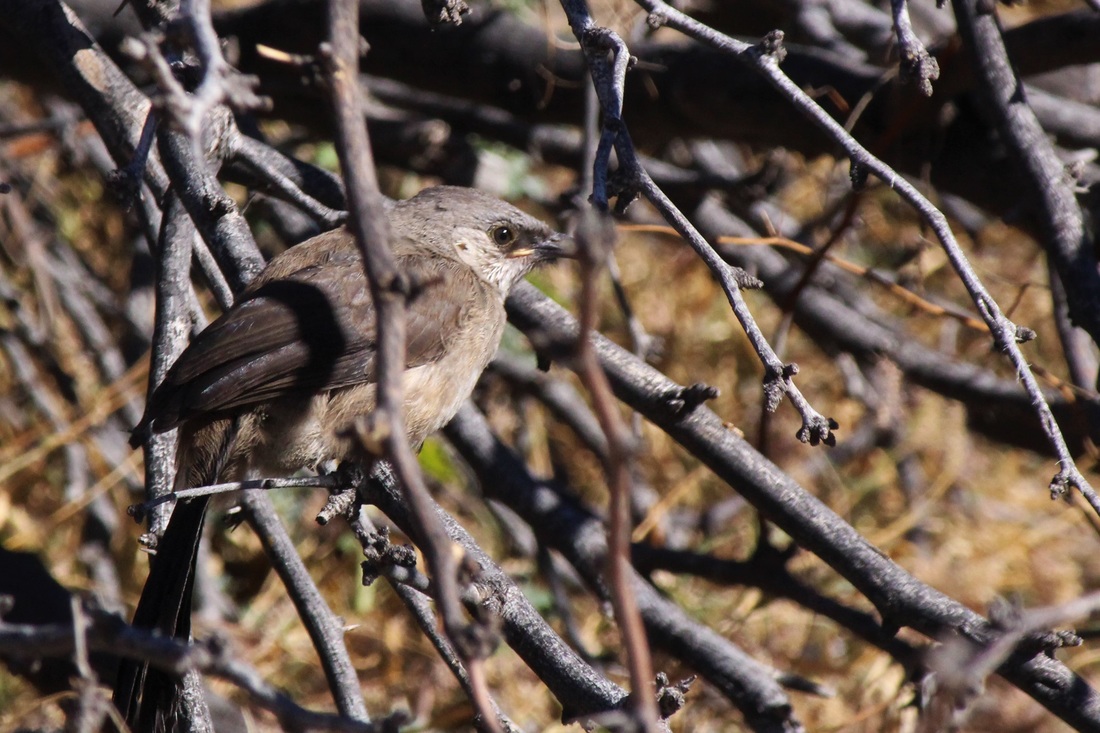
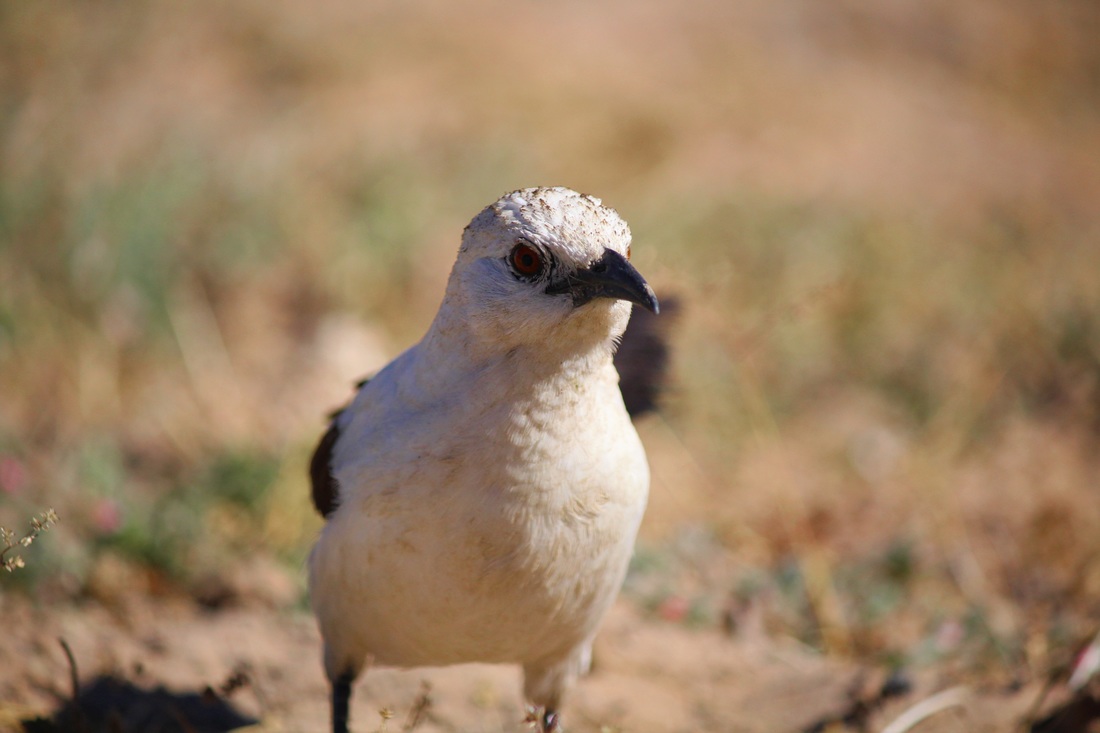
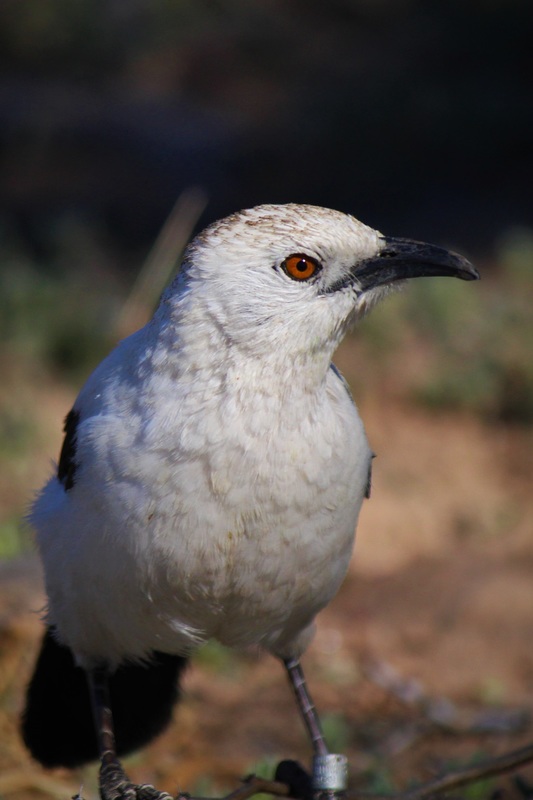
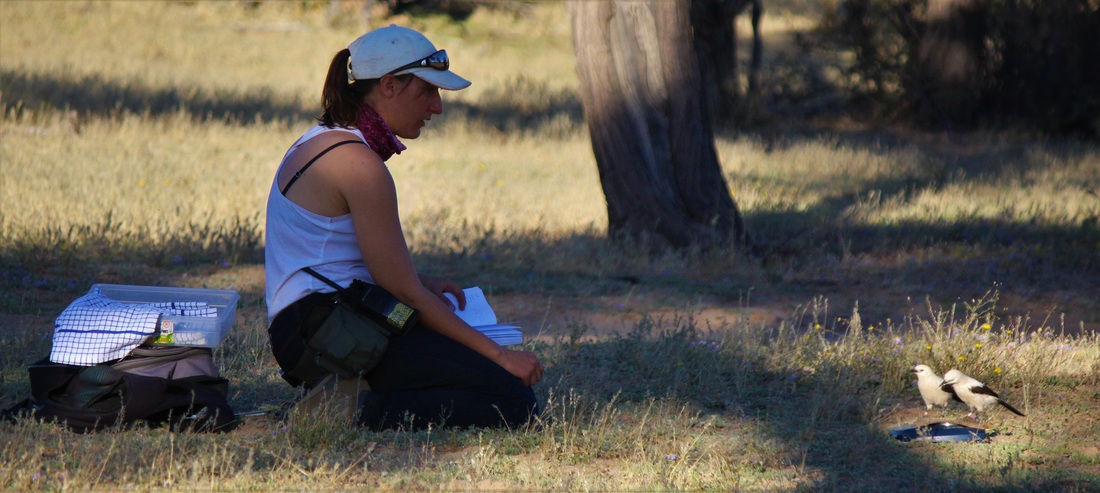
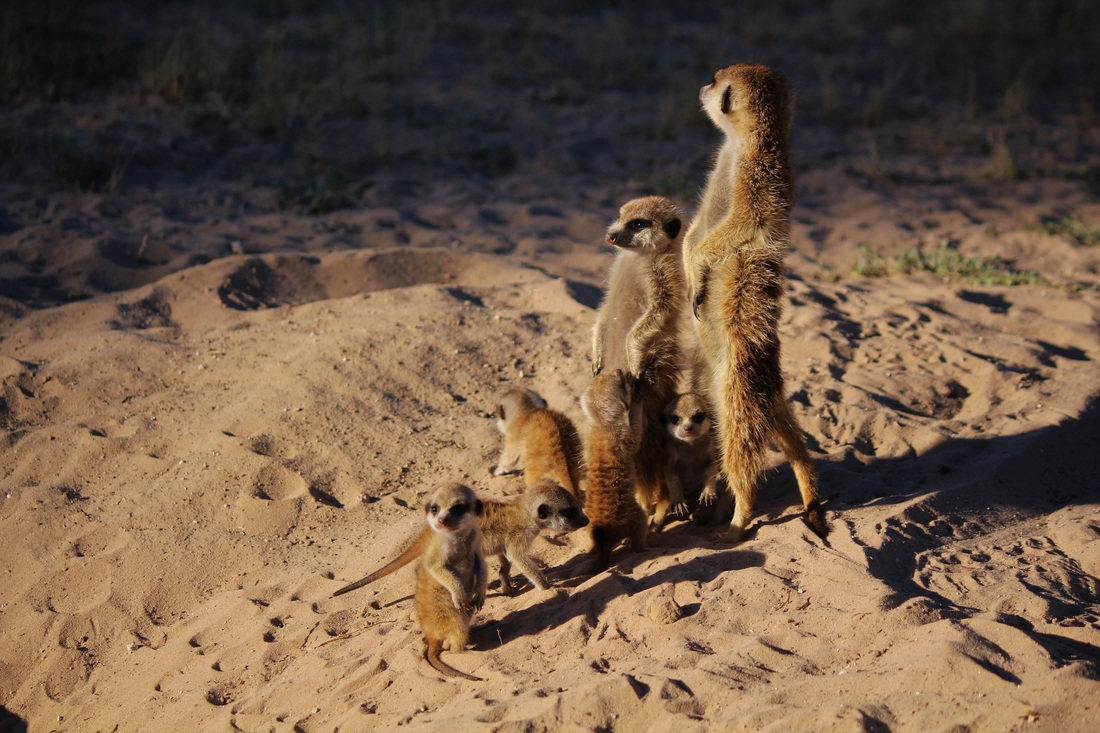
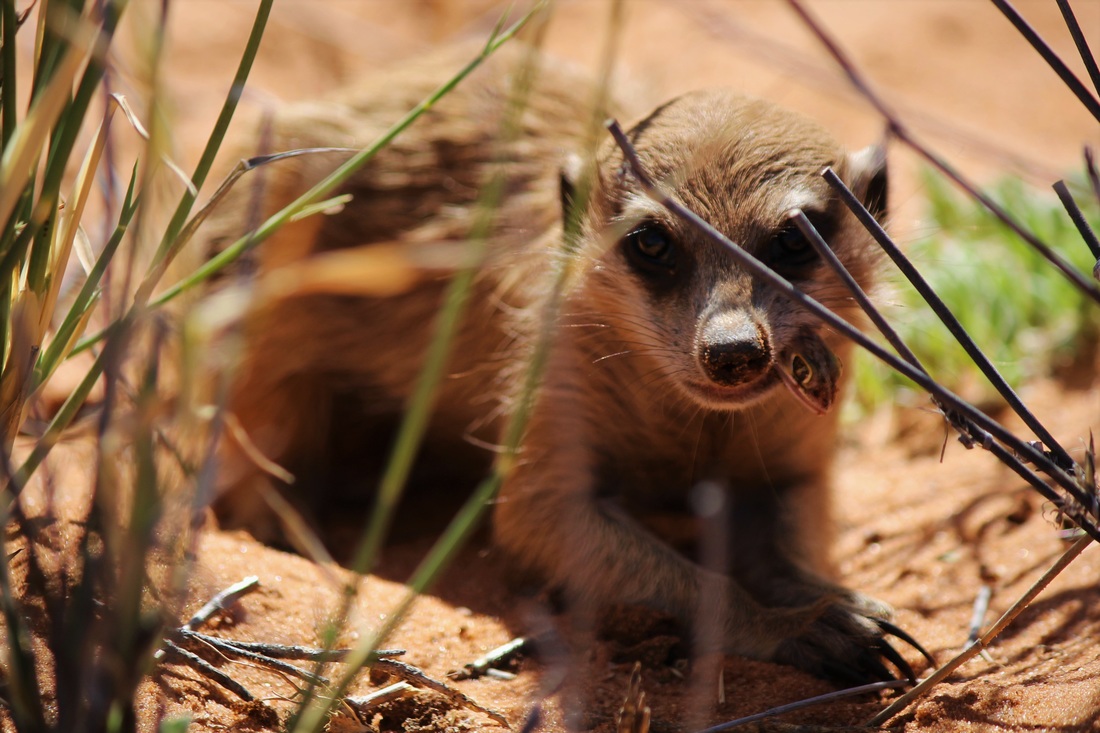
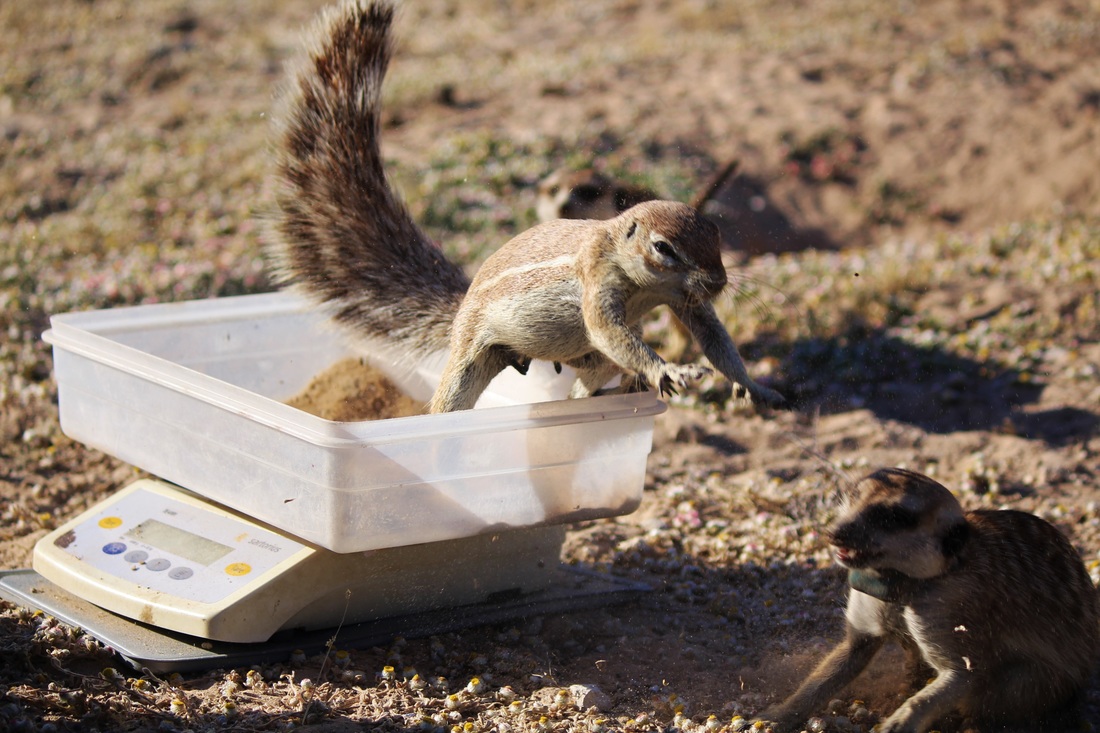
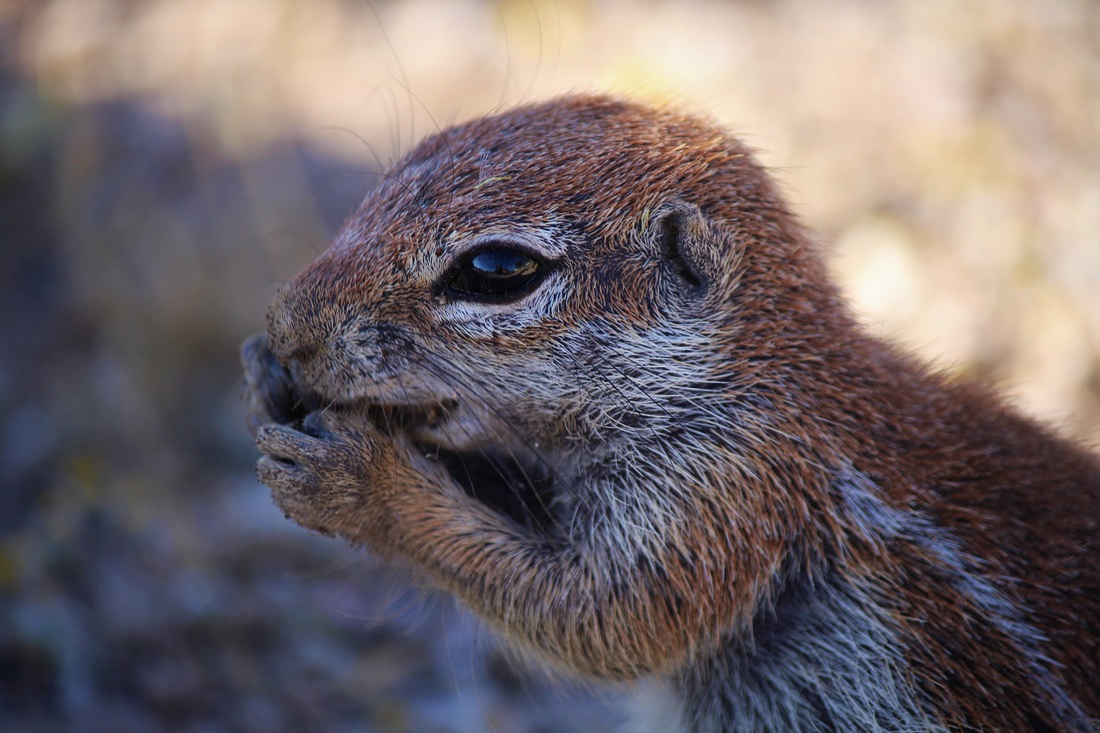
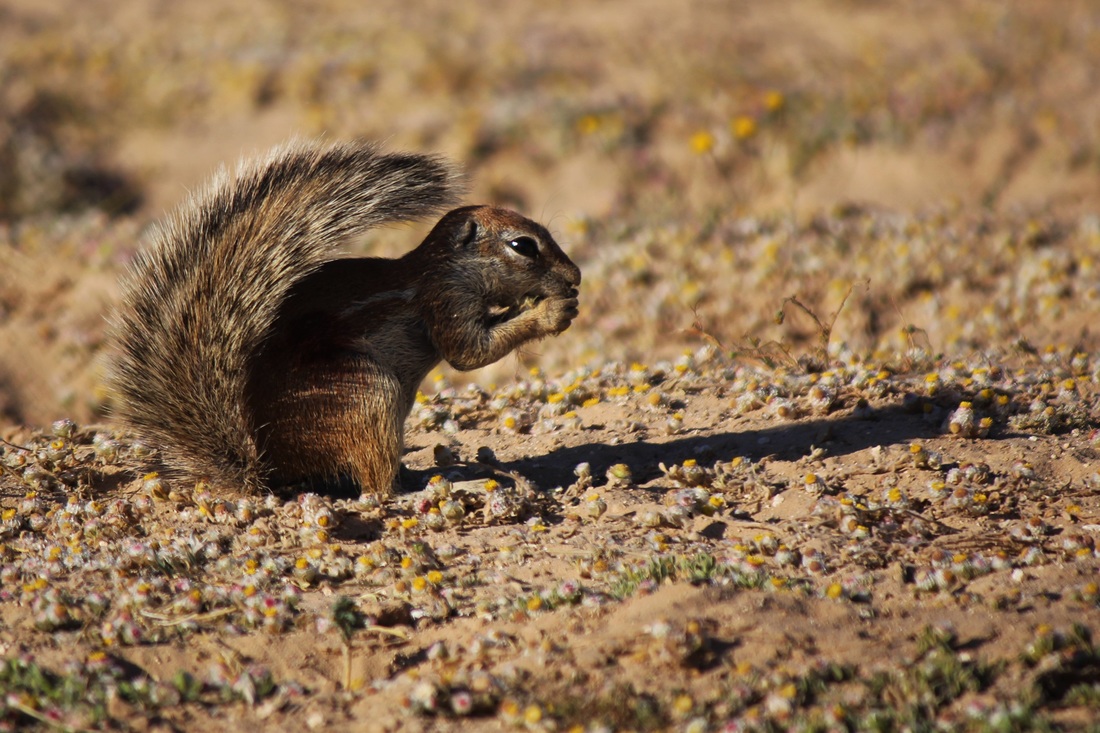
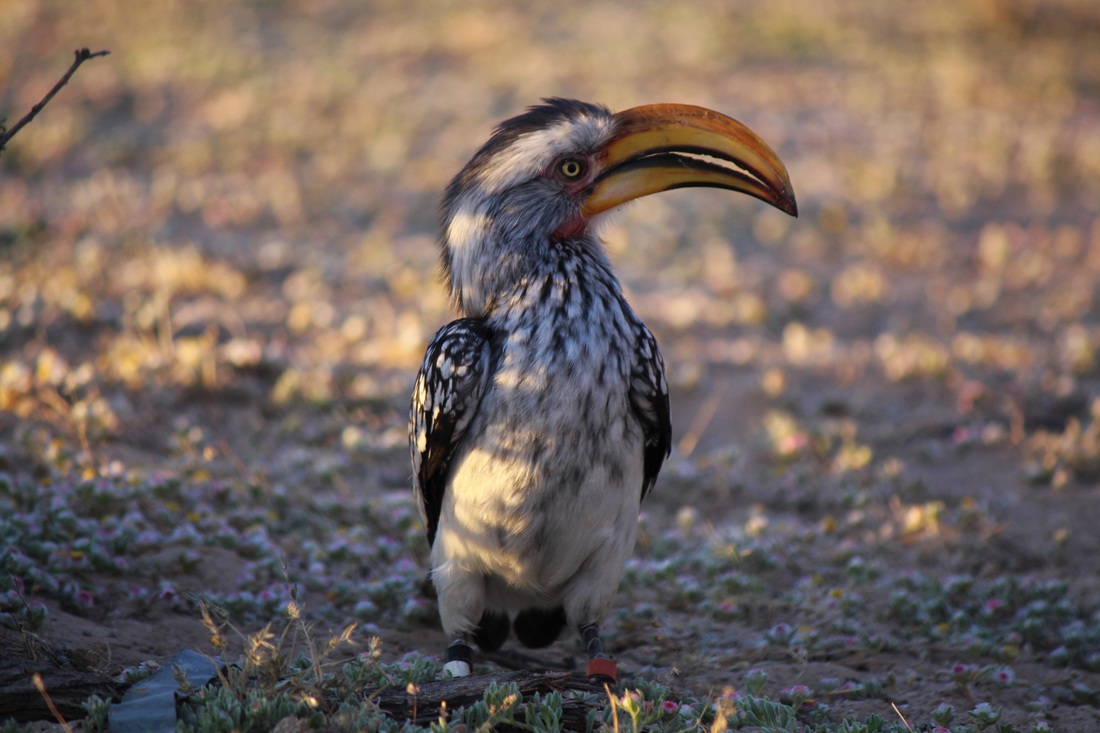
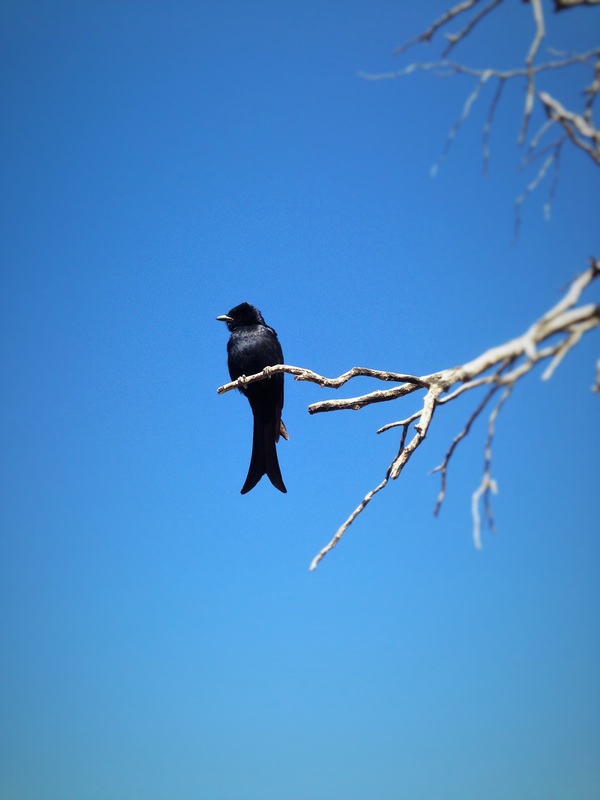
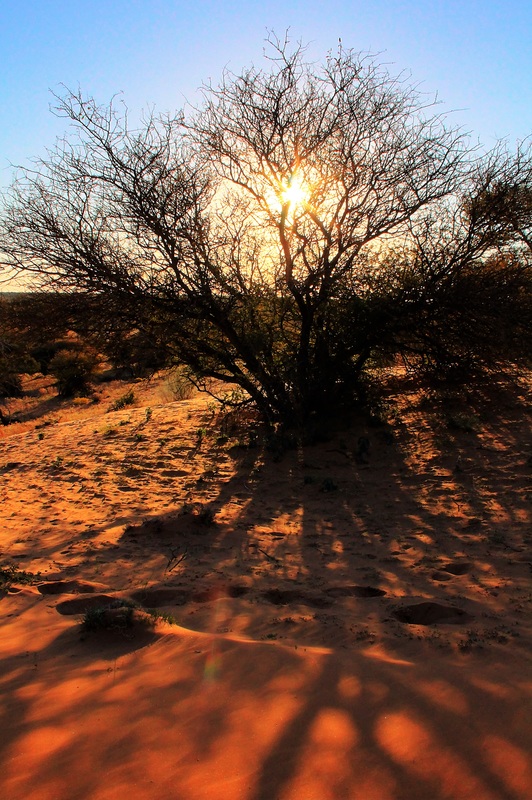

 RSS Feed
RSS Feed
